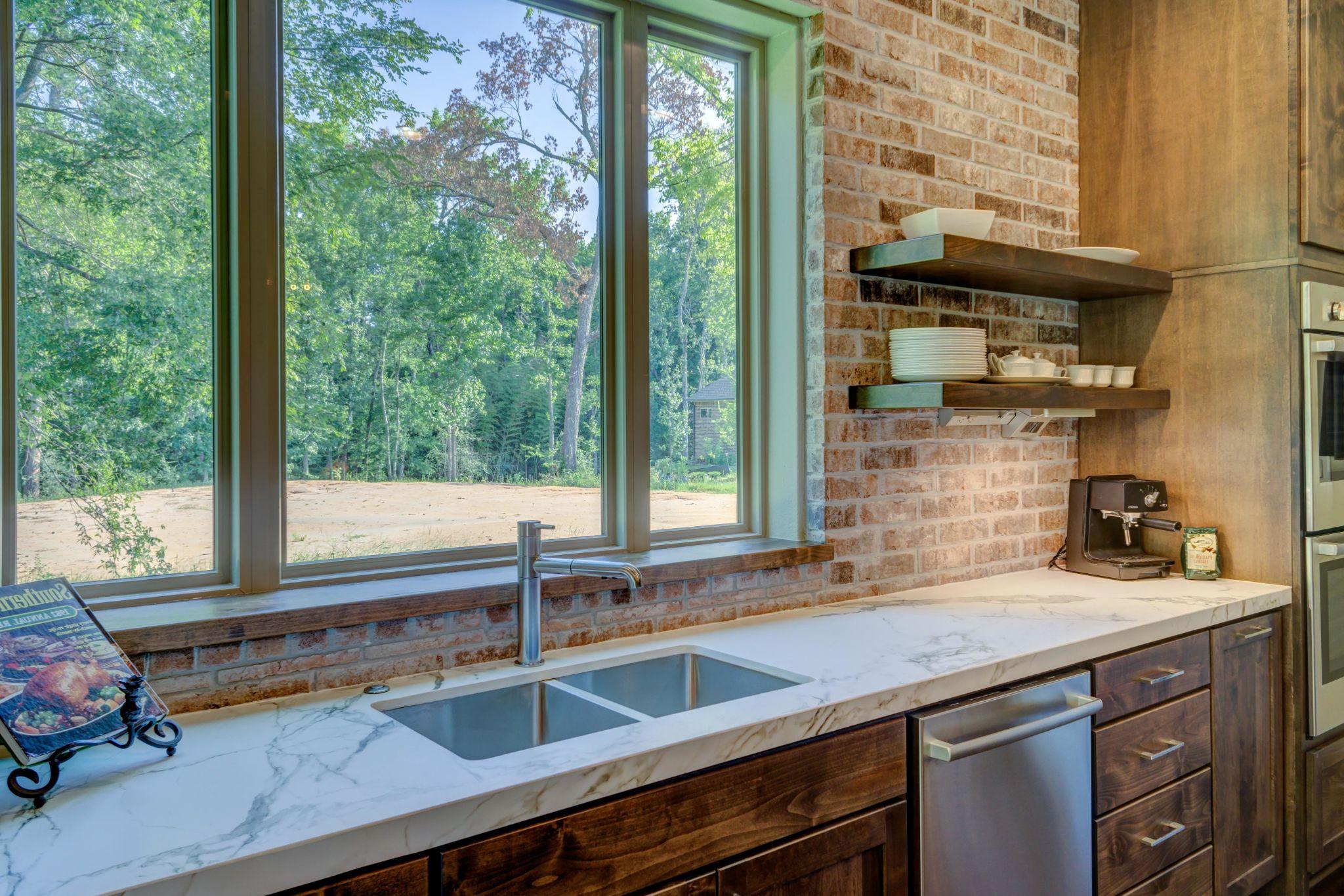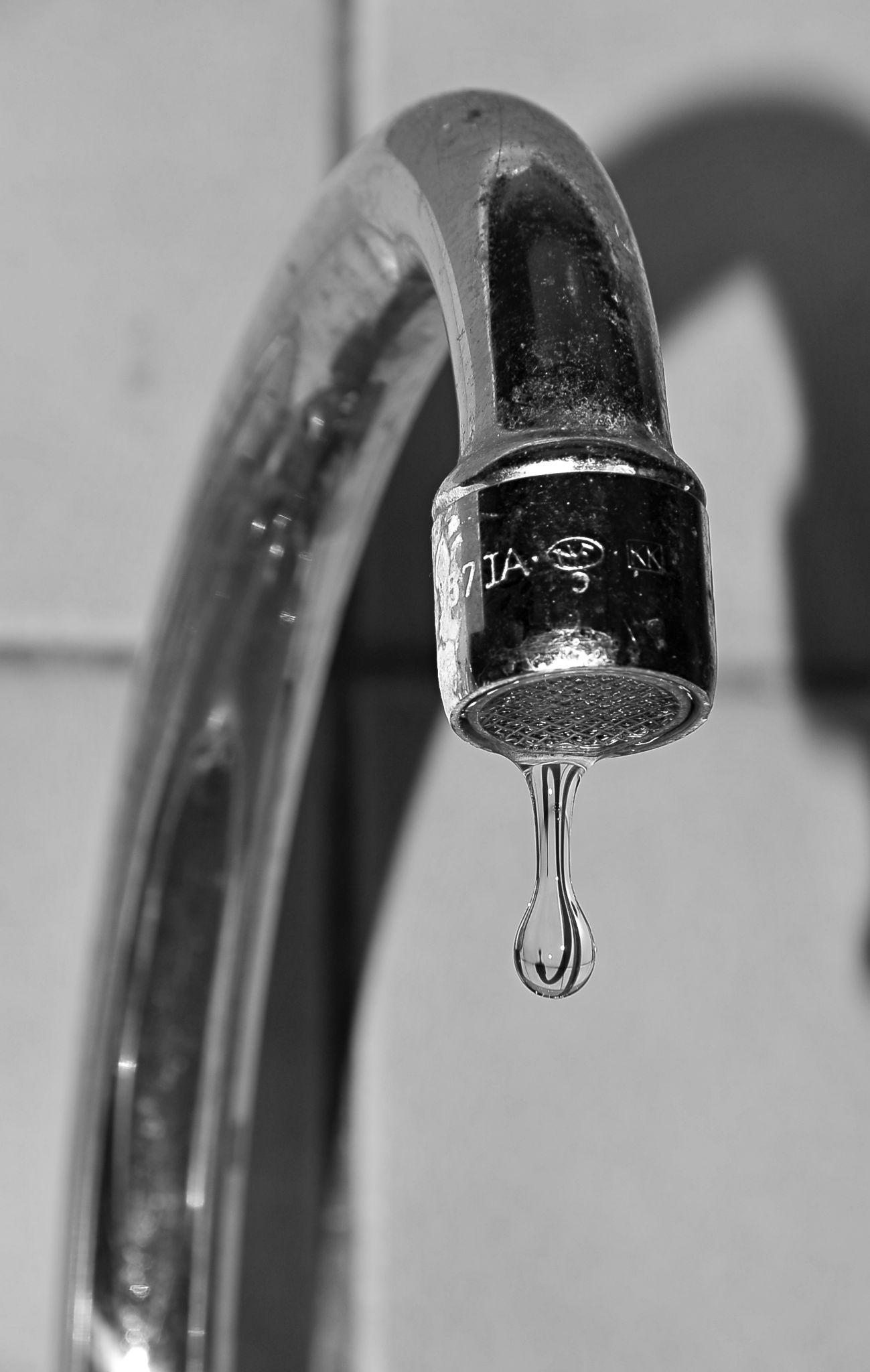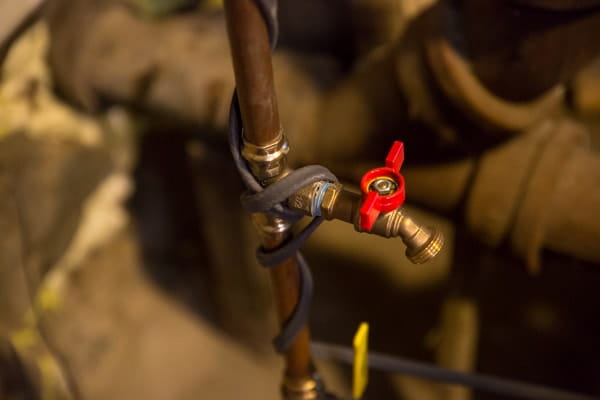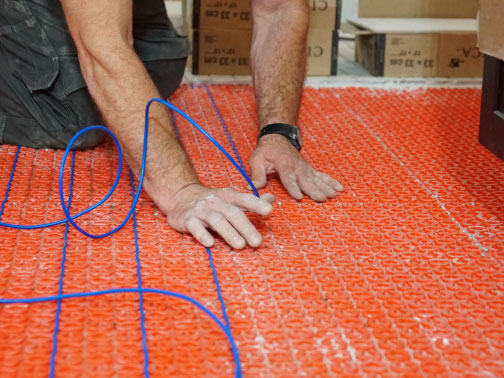As temperatures begin to drop, homeowners will be turning their attention to their pipes. Unpredictable weather conditions, blizzards, and severe cold fronts are a common part of the winter season for much of the country.
Unfortunately, where there’s extreme cold, there’s also the potential for frozen or busted pipes.
Frozen pipes are an expensive and frustrating side effect of freezing weather. In fact, busted pipes are one of the most common types of property damage reported during the winter season.
How Do Pipes Freeze?
Pipes freeze from the outside in. Once temperatures drop below freezing, the process will start; any water on the inner surface of the pipes will freeze first and slowly spread towards the center of the pipe.
The remaining unfrozen liquid is pushed towards either side of the frozen section towards the water source (such as a water main or water heater) or a plumbing fixture (such as a sink or toilet). Water that gets pushed to the source isn’t a major concern; it is the water that gets pushed toward the plumbing fixture where the problem lies.
As water freezes, it expands; it is basic science. In a pipe, the expansion pressurizes the remaining liquid water within the pipe. If there is no way to relieve the pressure the pipe will burst.
When Will Pipes Freeze?
While water starts freezing at 32ºF or lower, the temperature for pipes to freeze depends on various factors that include:
- The temperature: pipes begin to run the risk of freezing once temperatures hit below 32ºF. For insulated pipes, the freezing temperature is 20ºF or below.
- The location of the pipes
- How well insulated the pipes are
- Geographical location
- How long temperatures in your area remain below freezing
How Long for Pipes to Freeze?
How long it takes pipes to freeze depends on the outdoor temperature and conditions, how well-insulated the pipes are, the type of pipe, how thick the pipes are, and the amount of water flowing through them. Metal pipes are more prone to freezing than plastic pipes, just as thinner ones are more susceptible than thick ones. The more water flowing through the pipe, the less likely it is to freeze.
In 20ºF weather, with minimal wind, pipes can freeze in as little as two hours. Under less extreme freezing conditions, an uninsulated pipe will take around 6 to 8 hours to freeze.
At What Temperature Do Pipes Burst?
Pipes burst when frozen water expands and creates excess pressure, so pipes can burst at any temperature below 32ºF. How long it takes them to burst depends on how cold it is and how long the cold temperatures last.
Signs You Have Frozen Pipes
While knowing what temp freezes pipes will help you be alert to potential issues, you also need to know what signs to look for:
Frosty Pipes
When your pipes freeze, they might be covered in frost. This happens because the water inside the pipe is freezing cold, causing the surface temperature of the pipe to drop to frosty levels.
Lack of Water
If there’s little to no water coming out of your faucets, then there’s most likely something wrong with your pipes. If temperatures are below freezing, then there’s a strong chance that your pipes might be frozen.
Smells
Another strong indicator for frozen pipes is a strange smell coming from your faucets or drains. The water is no longer running when a pipe is completely frozen, so there’s no continuous circulation. When that happens, there’s only one way for the potential odors to escape – into your house.
9 Ways to Stop Pipes From Freezing
Of course, knowing when your pipes are frozen isn’t as helpful as preventing them from freezing in the first place. The best solution to frozen pipes is being proactive and stopping it before it happens. Here are nine helpful and simple tips to prevent your pipes from freezing:
1. Understand the Minimum Temperature Threshold
Pipes will not freeze unless the temperatures outside fall below 32° F. If the temperatures are above 32° Fahrenheit, then you shouldn’t have any trouble. Keep an eye on the weather and learn to recognize the times when your pipes are at risk.
2. Ensure Proper Insulation
Proper insulation in your home can be extremely helpful in preventing frozen pipes. Insulation prevents cold temperatures from getting inside your home. You can avoid the transfer of cold weather by adequately insulating your home. If you do, the chances of your pipes freezing are much lower.
3. Seal Doors, Windows, and Cracks
Your best bet against frozen pipes is to prevent cold temperature transference. Doors, windows, and other cracks heavily contribute to temperature transfers, which can ultimately lead to frozen pipes. If you seal those off, you’ll be in much better shape in the winter.
4. Install a Smart Thermostat
Using a smart thermostat is an energy-efficient solution that will help you regulate your home’s temperature at all times. When you leave your house for the day or you’re visiting family during the holidays, you should keep the heat on to prevent the temperature from dropping too low. Smart thermostats are a great way to accomplish that without spiking your electric bill.
5. Close the Garage
If you consistently leave your garage door open, you’re allowing lots of cold air to get inside. This could have a devastating and significant impact on your vulnerable indoor plumbing. To prevent freezing pipes, try to keep your garage door closed as often as possible.
6. Run the Water
If the water is constantly running, it won’t have a chance to freeze, but you will obviously want to avoid a huge water bill. To prevent frozen pipes, you should leave the faucet on a steady, slow drip throughout the day and night.
7. Open Cabinets Close to Plumbing System
Heating and air conditioning don’t always reach the inside of cabinets and under sinks. Most of the temperature behind those cabinet doors comes from the outside. The most effective way to heat this area is by leaving your cabinet doors open, so your heat can be more effective.
8. Install Energy-Efficient Heating
Energy-efficient heating is a win-win solution for freezing pipes. It allows you to ensure your home is adequately heated at all times without a high electricity bill. Using energy-efficient solutions is also ideal year-round.
9. Install a Specialized Pipe Freeze Protection System
Warmup’s Pipe Freeze Protection provides state-of-the-art freeze prevention for your pipes. Cables are wrapped around your pipes, drains, and sprinkler lines and heated using electricity. The system regulates the temperature of the wires based on the ambient temperature, so it’s also energy efficient.
Choose Warmup for More Reliable Pipes
The right heating system can make a significant difference in your home. One worth considering is electric radiant floor heating. Radiant floor heating systems don’t require big, bulky equipment; they consist of mats with embedded electrical cables installed under your flooring. When turned on, the cables produce radiant heat, which warms the floor and travels upward to heat the rest of the space.
Unlike other systems, radiant heat flooring provides consistent heat at lower temperatures, which means lower energy bills. You can also pair the system with a smart thermostat to further control the temperature by setting different zones, which can be kept at different temperatures.
The combination will help to ensure your interior pipes stay warm without any cold spots.
Prevent Pipe Freezing with Warmup
Warmup is the leading manufacturer of radiant heating products. Their energy-efficient heating solutions can help keep your home warm during the winter and protect your pipes as well. Beyond their Pipe Freeze Protection System, they offer many electric radiant heat flooring options to keep you and your pipes from freezing.
Contact us today to learn more about our radiant heat solutions and determine your best options.









